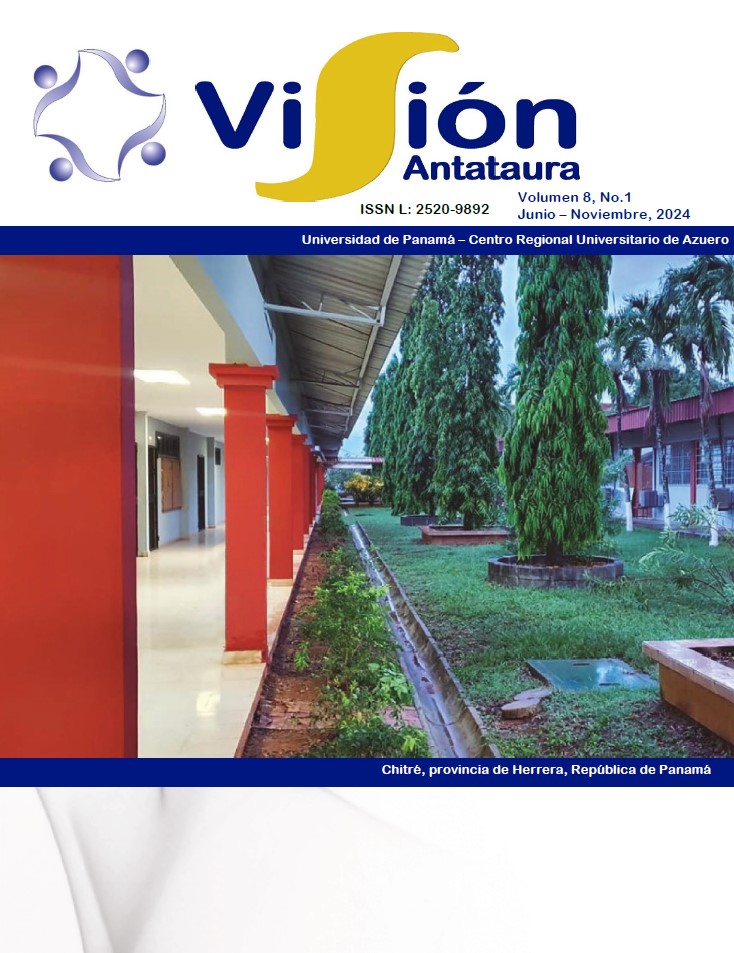

Derechos de autor 2024 Visión Antataura

Esta obra está bajo una licencia internacional Creative Commons Atribución-NoComercial-CompartirIgual 4.0.
El cultivo de la caña de azúcar constituye uno de los cultivos agroindustriales de mayor importancia económica en Panamá, y que es afectado por plagas insectiles primarias y secundarias. El objetivo del presente estudio fue evaluar tres técnicas para la captura y la fluctuación poblacional de raspador de la hoja Oediopalpa guerini Baly asociada al cultivo de caña de azúcar en Natá, Coclé. El área de estudio se estableció dentro de una parcela de caña de azúcar de la variedad E07-06 en Natá. Se realizaron colectas durante 12 meses, se establecieron 10 puntos de muestreo que consistieron en áreas de caña de 16m2. Los muestreos fueron realizados utilizando tres tipos de técnicas de muestreo (colecta manual con bolsas plásticas y captura utilizando dos modelos de trampas de plástico PET recicladas). Los materiales entomológicos colectados de la especie O. guerini fueron llevados a condiciones de laboratorio. Se determinó la fluctuación poblacional de los insectos asociándola a la precipitación (mm), con frecuencia mensual. Los resultados indican que hubo diferencias estadísticamente significativas entre los tratamientos (P < 0.05), donde la captura manual fue superior (captura promedio de 0.225 especímenes por muestra). Las mayores capturas de especímenes se dieron durante los meses de julio (6), agosto (9) y noviembre (10) de 2023, todas debidas principalmente a capturas manuales. Existe un coeficiente de correlación moderada de 0.6055 que indica una relación moderada entre la presencia de los especímenes del raspador de las hojas y la precipitación total mensual. Las conclusiones indican que la técnica más eficaz para la captura de adultos del raspador fueron las colectas manuales en comparación con las capturas con los dos tipos de trampas utilizadas durante el estudio. Existe una relación entre la presencia de poblaciones del raspador de las hojas y el incremento de las precipitaciones en la estación lluviosa en una determinada zona. Esta información es clave para el pronóstico de posibles ataques de esta plaga en caña de azúcar.